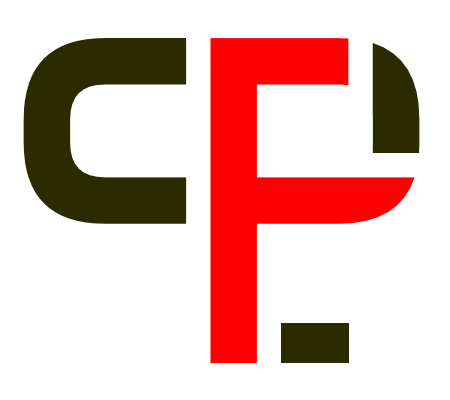Repository | Series | Book | Chapter
History
issues in the teaching and learning of Jewish history
pp. 441-460
Abstract
Recalling, reviewing, reconsidering, and/or remembering the Jewish past plays a central role in most contemporary preK-12 Jewish schools the world over.1 In North American Jewish day high schools––the main focus of this chapter––teaching and learning Jewish history normally occurs through formal classroom instruction in Jewish history, Judaics, and/or general history courses, as well as through informal educational experiences including holiday celebrations, commemorations, and historical field trips. When taught chronologically, the course of study typically covers some or all of the following topics: the Hebrew Bible's historical narratives; the ancient Israelite settlements in Palestine; the dispersion of Jews into the diaspora; Jewish life in medieval Europe, North Africa, and the Near East; modernity, enlightenment, and emancipation in western and eastern Europe; Jewish life in North America; the Holocaust; Zionism and the State of Israel; and the contemporary Jewish community. Methods for teaching Jewish history are mostly the same as in any history course, namely primary source analysis, discussion, debate, lecture, roleplay, simulation, and inquiry.
Publication details
Published in:
Miller Helena, Grant Lisa, Pomson Alex (2011) International handbook of Jewish education. Dordrecht, Springer.
Pages: 441-460
DOI: 10.1007/978-94-007-0354-4_26
Full citation:
Jacobs Benjamin M., Shem-Tov Yona (2011) „History: issues in the teaching and learning of Jewish history“, In: H. Miller, L. Grant & A. Pomson (eds.), International handbook of Jewish education, Dordrecht, Springer, 441–460.




